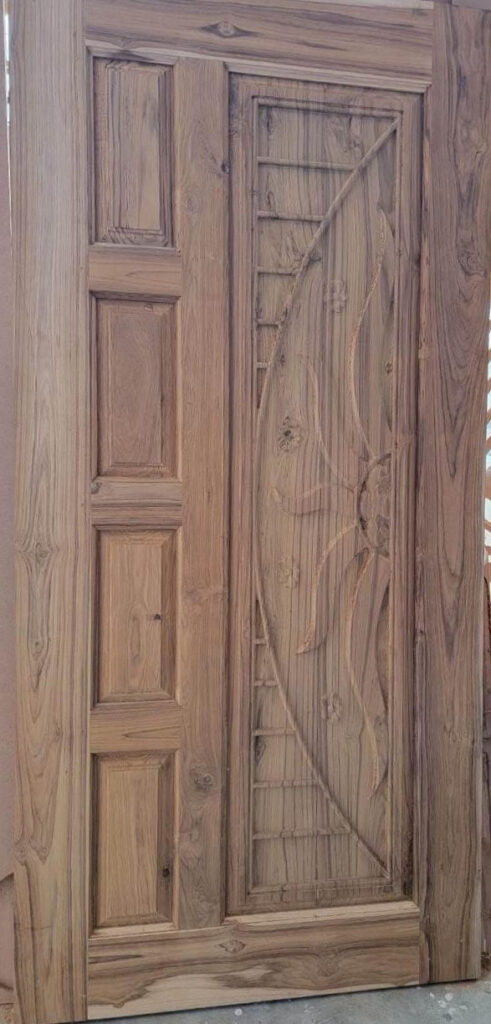In today’s fast-paced world, there’s an increasing appreciation for craftsmanship and sustainability. As we seek to bring elements of nature into our homes, furniture crafted from materials like acacia and teak has gained significant popularity. But what exactly makes these woods so special? Let’s delve into the story behind acacia and teak in furniture making.

Acacia: Nature’s Versatile Beauty
Acacia wood has been cherished for centuries for its durability, versatility, and stunning aesthetic appeal. Originating from Australia, Africa, and the Americas, acacia trees are known for their resilience in harsh environments, which translates into furniture that withstands the test of time.
One of the most remarkable aspects of acacia wood is its natural grain patterns. Each piece boasts a unique blend of colors, ranging from golden yellows to deep browns, creating a sense of warmth and richness in any space. This distinctive character makes acacia furniture a focal point in any room, whether it’s a rustic dining table or an elegant coffee table.
Moreover, acacia’s strength and water-resistant properties make it an ideal choice for both indoor and outdoor furniture. Whether you’re furnishing a cozy living room or sprucing up your patio, acacia furniture effortlessly combines beauty with functionality.
Teak: Timeless Elegance and Sustainability
Teak is another prized wood in the world of furniture making, renowned for its unparalleled durability and timeless elegance. Native to Southeast Asia, teak has been used for centuries in shipbuilding and outdoor construction due to its natural resistance to rot, decay, and insect infestation.
What sets teak apart is its high oil content, which not only gives it a lustrous finish but also protects it from the elements. As teak ages, it develops a silvery-gray patina, adding to its allure and enhancing its natural beauty. This characteristic makes teak furniture a favorite choice for outdoor settings, where it can gracefully weather the seasons without losing its charm.
Furthermore, teak’s sustainability is a key factor in its popularity. Many teak plantations practice responsible forestry management, ensuring that new trees are planted to replace those harvested. This commitment to sustainability makes teak furniture an environmentally friendly choice for conscientious consumers.
The Art of Crafting
Crafting furniture from acacia and teak is a labor of love that requires skill, patience, and respect for the natural materials. Artisans carefully select each piece of wood, considering its grain patterns, texture, and structural integrity. Whether handcrafted or mass-produced, every piece of acacia and teak furniture tells a story of craftsmanship and dedication to quality.
In recent years, there has been a growing trend towards eco-friendly and ethically sourced furniture. Consumers are increasingly conscious of the environmental impact of their purchasing decisions and are seeking out products that align with their values. Acacia and teak furniture, with their sustainable origins and timeless beauty, perfectly embody this shift towards responsible consumption.
Bringing Nature Home
In a world dominated by mass-produced goods, there’s something inherently special about furniture crafted from natural materials like acacia and teak. Beyond their aesthetic appeal, these woods connect us to the natural world, reminding us of the beauty and resilience of the forests from which they originate.
Whether you’re furnishing your home or sprucing up your outdoor space, consider incorporating pieces made from acacia or teak. Not only will you add warmth and character to your surroundings, but you’ll also be supporting sustainable practices and preserving the beauty of nature for generations to come. So, the next time you admire a beautifully crafted piece of furniture, take a moment to appreciate the story behind the wood and the hands that shaped it.

